A: 176 Huỳnh Văn Bánh, Phường 12, Quận Phú Nhuận, Hồ Chí Minh
A: 176 Huỳnh Văn Bánh, Phường 12, Quận Phú Nhuận, Hồ Chí Minh
Phone: 090 747 07 79
Email: recycle.tattoo@gmail.com
If you’re new to tattoos and still exploring the world of body art, check out this article to prepare thoroughly for your first tattoo!
Getting inked is no longer just an accessory; tattoos are now meaningful symbols, stories, memories, reminders, or warnings. However, before you “ink” yourself with a piece of art, it’s crucial to do your research because once it’s done, it’ll be with you for a long time! If your skin has never seen any ink, and you’re considering getting your first tattoo, take a look at this article to prepare thoroughly.
1. Choosing a Passionate and Suitable Tattooist
First and foremost, you need to choose a reputable tattoo studio that prioritizes medical safety and follows a clear working process for equipment, sourcing, and quality. A studio with a well-defined work process, dedicated advice, and a willingness to address your questions about tattooing is highly reliable, especially for newcomers.
Next is the process of finding a tattooist who suits you. A tattooist should not only excel in tattooing but also possess artistic knowledge, aesthetics, and the ability to empathize with and inspire customers.
In this space, the stories of customers are shared with every precise needle stroke. If a tattooist can translate those stories into a piece of skin art, then… you know!
These changes make the text more readable and maintain its overall meaning.
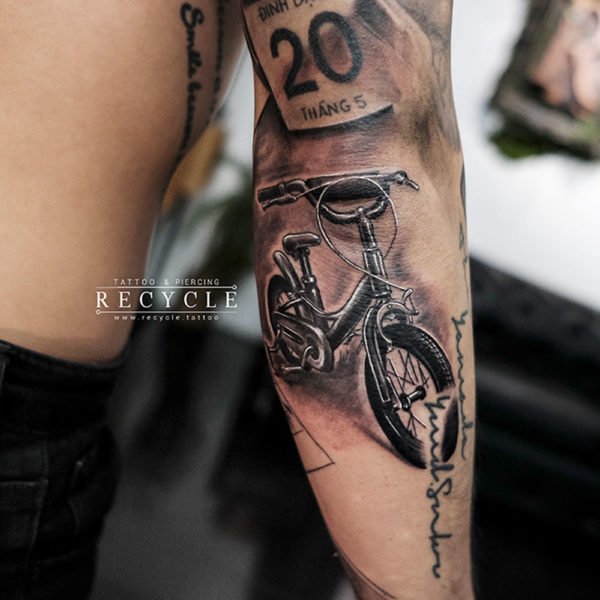
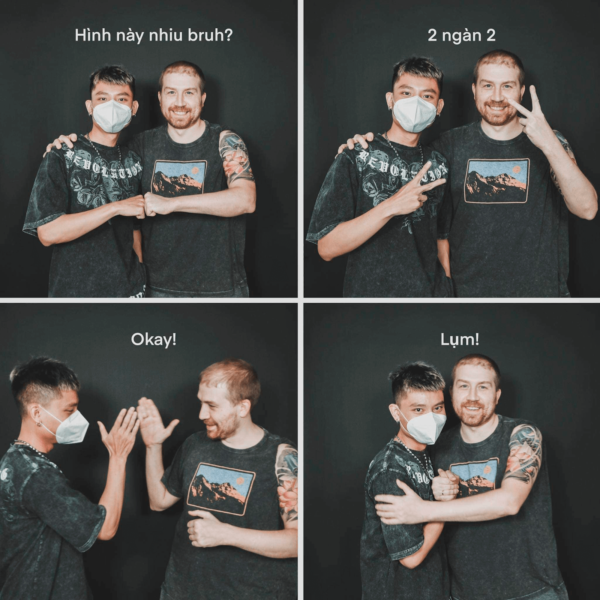
Image 1: Choosing a tattooist who has a mind and matches his desires before tattooing
It should be emphasized that each tattooist specializes in various styles of tattoo art, such as realism, blackwork, colour tattoos, and Asian designs. Therefore, if you intend to find a tattooist with expertise tailored to your preferences, it is crucial to understand each tattooist’s specific tattoo category and style.
If you are uncertain about the style that best suits your idea, selecting a reputable tattoo studio is advisable. Scheduling a consultation appointment with a tattooist can provide valuable guidance.
As previously mentioned, the tattooing profession demands artistic skills and a comprehensive understanding of tattoo art, encompassing proficiency in techniques, adherence to medical safety standards, awareness of tattoo styles and trends, and the capability to communicate these aspects effectively to each client. Unlike a blank sheet of paper, the human body does not allow for easy erasure of a tattoo once applied, underscoring the importance of meticulous consideration in the tattooing process.
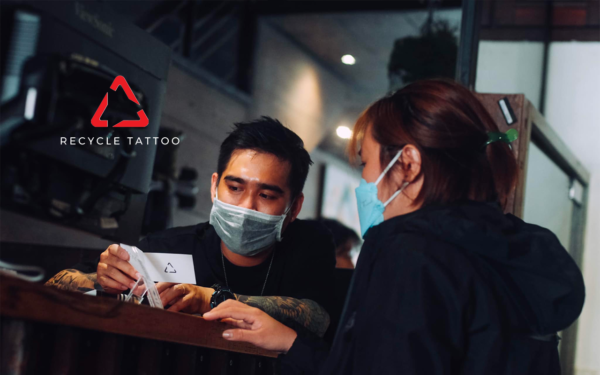
Image 2: Tattooist always listens to your wishes
In particular, each tattoo room will have its warranty policy. Please ask for a tattoo studio to give you information.
2. Psychological fear of pain makes tattoos more painful than reality
Is getting a tattoo painful? The level of discomfort experienced during a tattoo session depends largely on the location of the tattoo and is often not as severe as one might anticipate. The tattoo machine functions by injecting pigment into the dermis layer using a needle, resulting in a sensation that is typically described as a mild burning or discomfort, akin to the sensation of a tiny hair removal process. However, it is important to note that tattoos placed near bony areas of the body may involve more intense sensations.
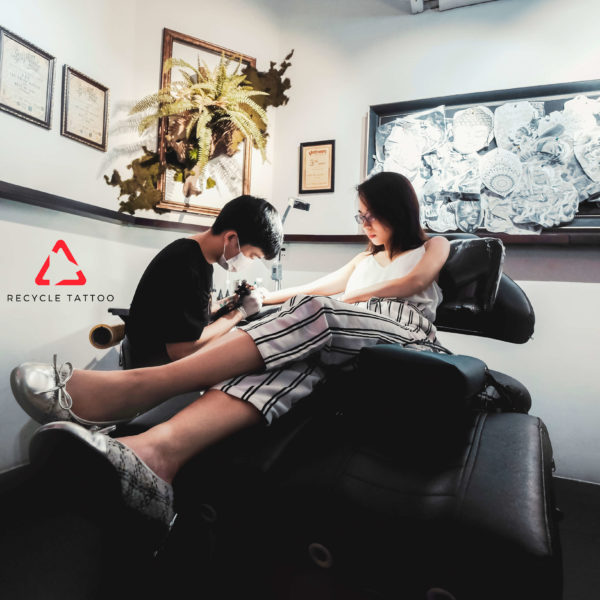
Image 3: Make it comfortable, stress only makes it more painful!
Prepare yourself psychologically for the discomfort associated with the tattooing process. It’s essential to be aware of the sensitivity of certain tattoo placements, including:
– The sternum, ribs, chest bones, elbows, knees, or ankles: These areas tend to be significantly more sensitive compared to the flesh on the hands and feet. This heightened sensitivity arises from the proximity of bones, thin layers of subcutaneous fat, and reduced muscle coverage in these regions.
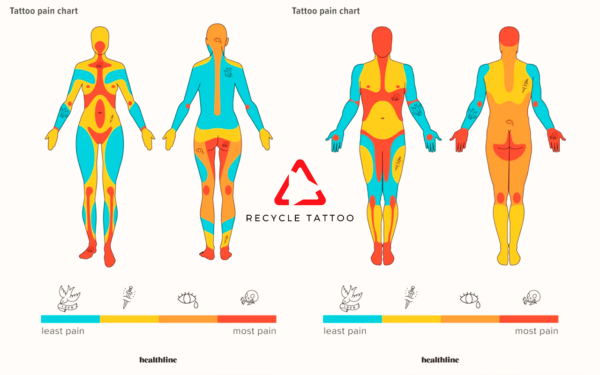
Image 4:Pain point scale when tattoo at the position on the body.
The reality is that during a tattooing session, the greatest challenge doesn’t stem from the needle or the tattooist, but rather from one’s own mental state. During such times, individuals often tense their bodies, leading to fatigue and lowered blood sugar levels. Consequently, it’s common for tattoo studios to be stocked with soft drinks and snacks. If you ever feel uneasy or uncomfortable during the tattooing process, it’s essential to communicate immediately with your tattooist.
Thinking about using anesthetics? Unfortunately, tattooists typically restrict the use of anesthetics, as they can have a detrimental impact on the final quality of the tattoo. The use of anesthetics can result in lighter ink colours once the tattoo has healed, necessitating additional touch-ups and prolonging the discomfort.
3. Before getting a tattoo, it is advisable to remember that the tattoo will follow you all your life
Every time you choose and decide to put a tattoo on your skin, you have to determine it from the beginning to your whole life. And you have to be sure that the tattoo on your skin doesn’t make you “both want to get bored”. Of course, you can erase the tattoo with a laser, but this process will be twice as painful and several times more expensive.
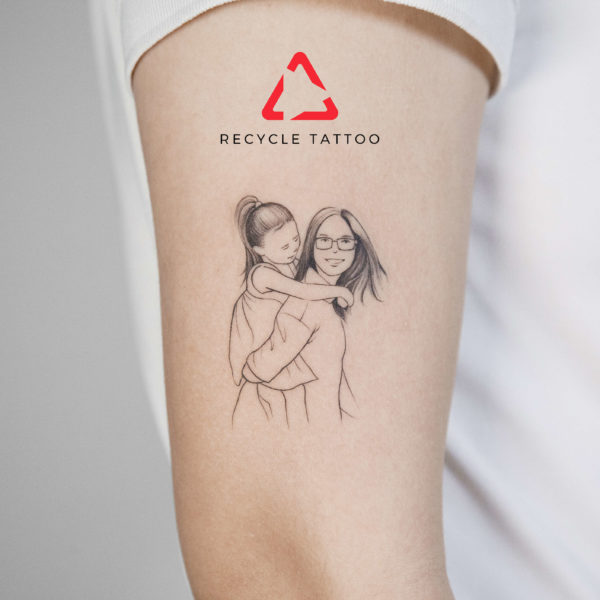
Image 5: The tattoo that illustrates your own story
Here are some tips to help you avoid growing tired of your tattoos over time:
– Conceptual Clarity: Prior to getting a tattoo, it’s crucial to develop a clear idea rooted in the narrative you wish to convey. Even if there isn’t an existing design, a skilled tattoo artist can create a custom design tailored to your concept.
– Visual Reminder: After formulating your tattoo idea, consider printing it out and displaying it in a visible location within your living space. If, after six months, you find that your enthusiasm for the design remains undiminished, it may be a good time to proceed with the tattoo without hesitation.
4. The main factors that affect your tattoo after tattooing
Below, we have outlined key factors that can have a negative impact on your tattoo and affect its quality. Paying attention to these factors will help you better care for your tattoo in the post-tattoo phase.
Firstly, it is essential to be mindful of your dietary choices following a tattoo: – Consuming beef, chicken skin, and certain vegetables may result in bruising,
itching, or the formation of raised keloids around the tattoo.
– The consumption of sticky rice can slow down the healing process of a fresh tattoo and may lead to infection.
– Alcohol, such as wine and beer, can negatively impact the longevity of your tattoo.
– Additionally, for the first two weeks after getting a tattoo, it is advisable to avoid strenuous physical activities, swimming in the sea, and prolonged exposure to direct sunlight.
In conclusion, if you are considering your first tattoo, RECYCLE TATTOO is here to provide you with the support you need!